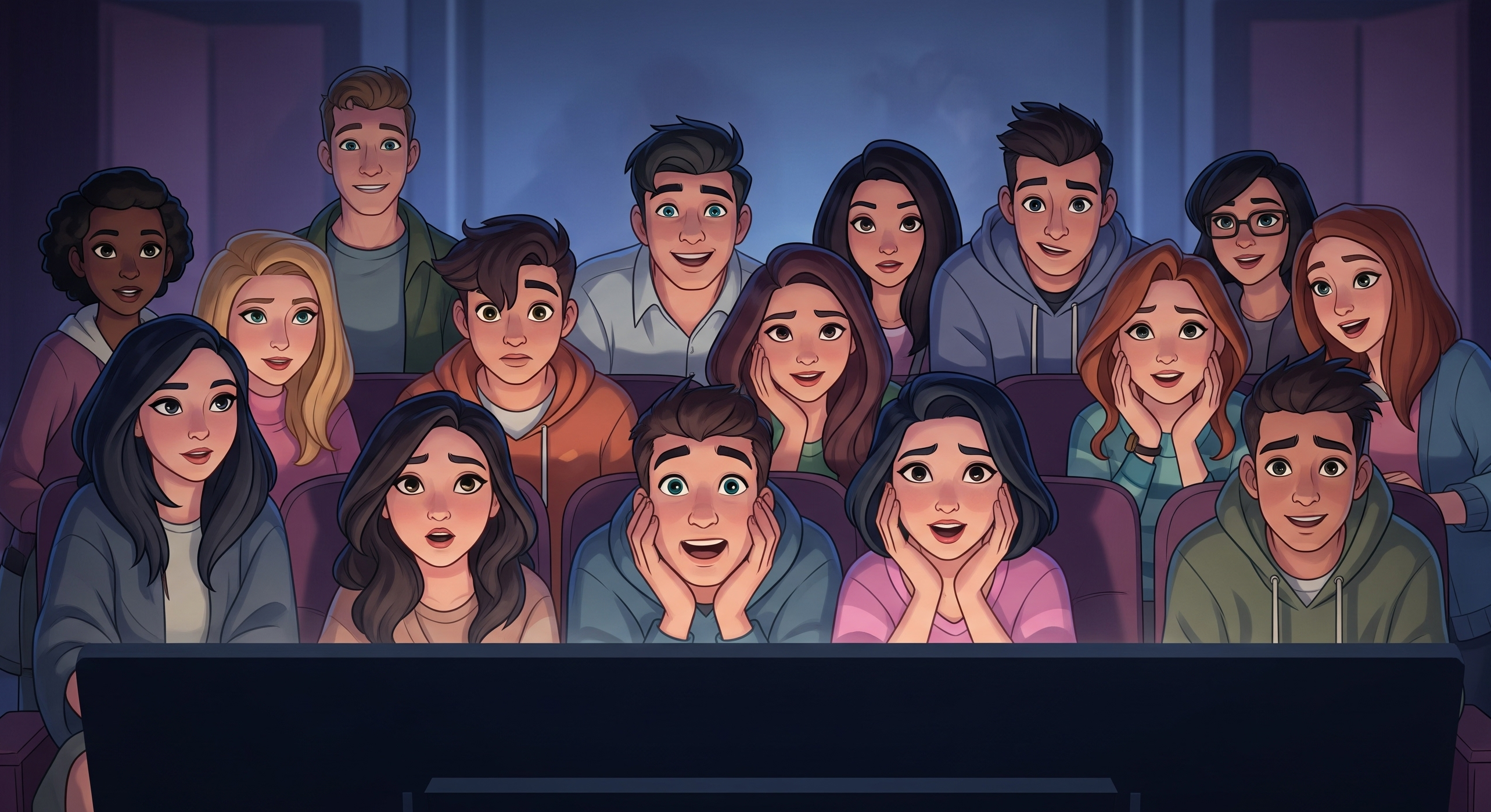[ARTICLE] Can You Learn a Foreign Language by Just Watching Movies?

Hello Binusians! In today’s digital world, language learning has evolved beyond textbooks and classrooms. One intriguing method gaining popularity is learning a foreign language through movies. While it may sound too good to be true, there is scientific and anecdotal support for the idea that immersion in media—particularly films—can significantly boost language acquisition.
Watching movies in a foreign language exposes learners to authentic speech, cultural context, and natural pronunciation. Unlike textbook dialogues, movie conversations reflect how people actually speak—complete with slang, idioms, and varied accents. Subtitles can be used as a bridge for beginners, gradually phasing out as comprehension improves. Rewatching familiar scenes reinforces vocabulary and helps with listening skills, as learners begin to pick up on sentence structure and word usage subconsciously.
Emotional engagement also plays a key role. Movies create a strong connection between language and emotion, which improves memory retention. Characters, plotlines, and settings make vocabulary more meaningful and easier to remember than isolated word lists.
However, relying solely on movies may not be enough for complete fluency. While they enhance listening and comprehension, they don’t offer much speaking practice or grammar explanation. Ideally, movies should be part of a balanced learning routine, complemented by speaking, writing, and grammar-focused activities.
Still, the potential is enormous. For visual and auditory learners especially, movies provide an enjoyable, low-pressure way to absorb a language. With consistency and the right strategy—such as choosing appropriate films, using subtitles wisely, and actively engaging with the content—it’s entirely possible to gain conversational skills and cultural insight through cinema alone.
In short, movies can be a powerful tool for language learners, making the process not only effective but also entertaining and sustainable.



Comments :